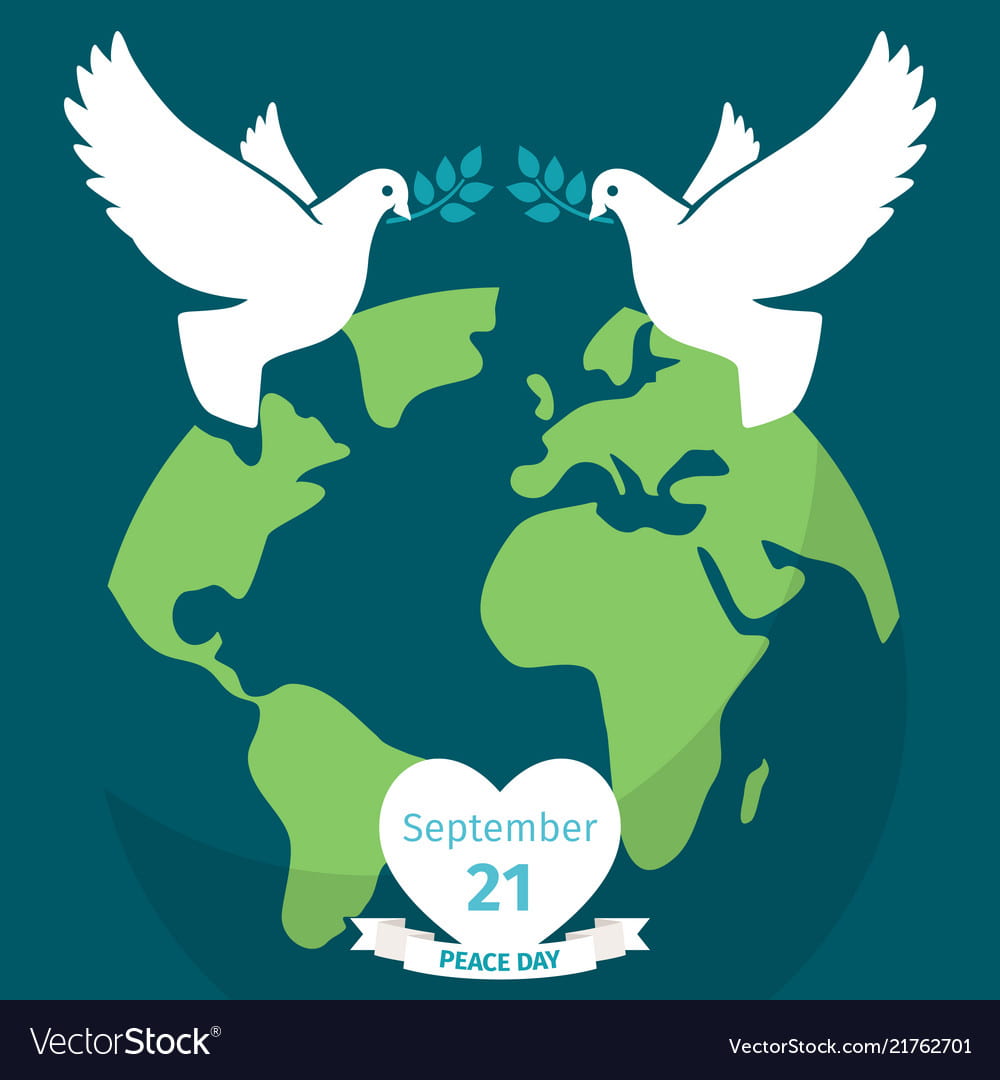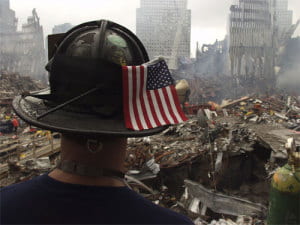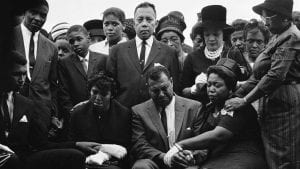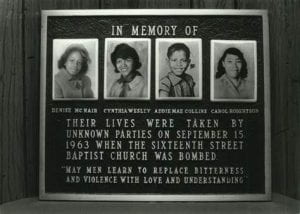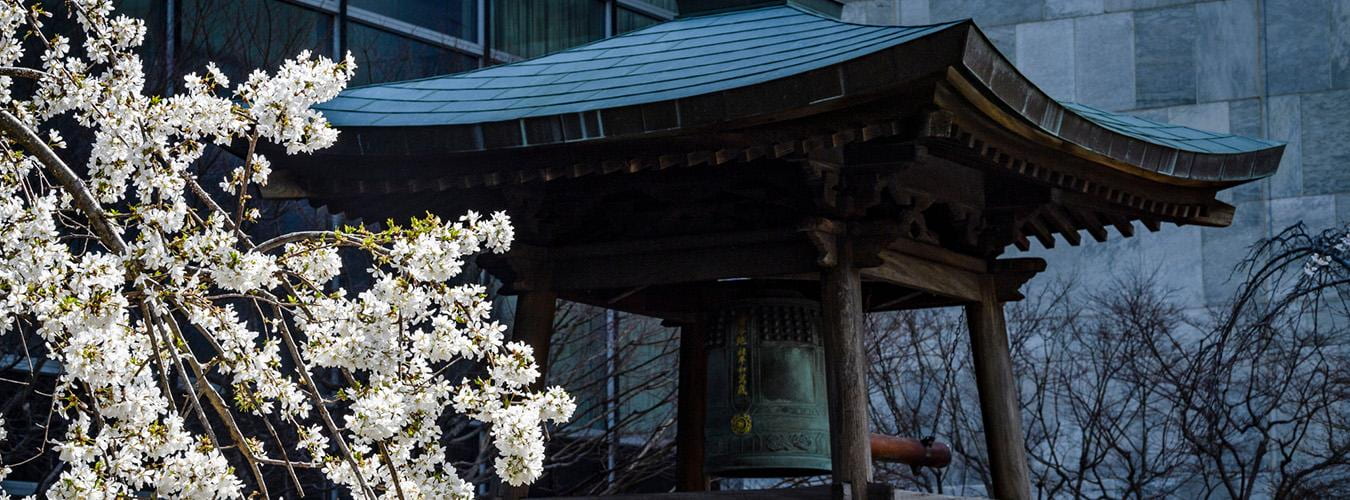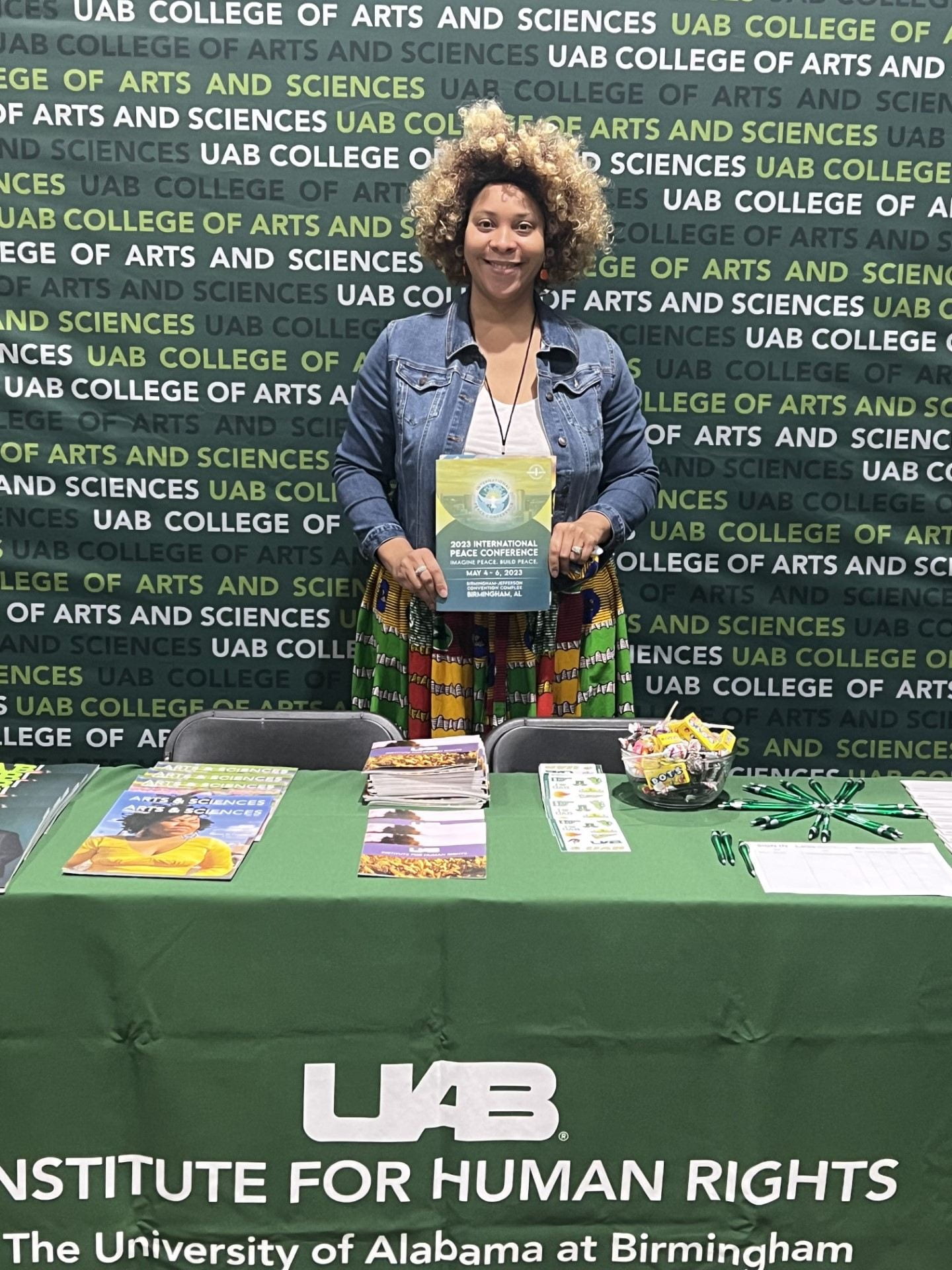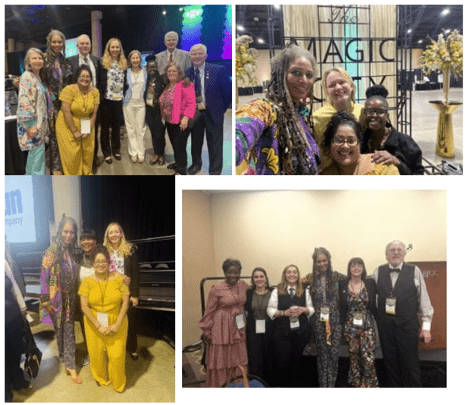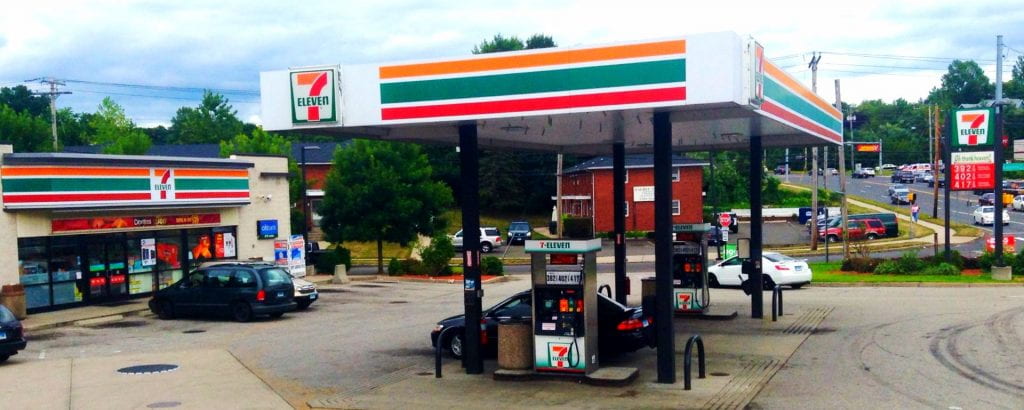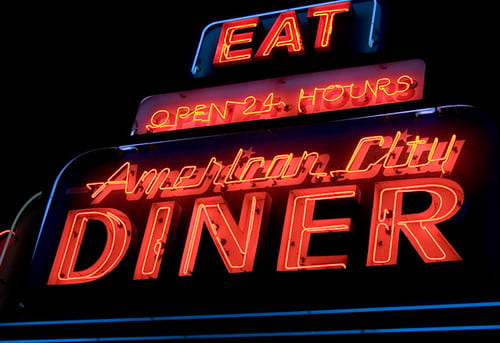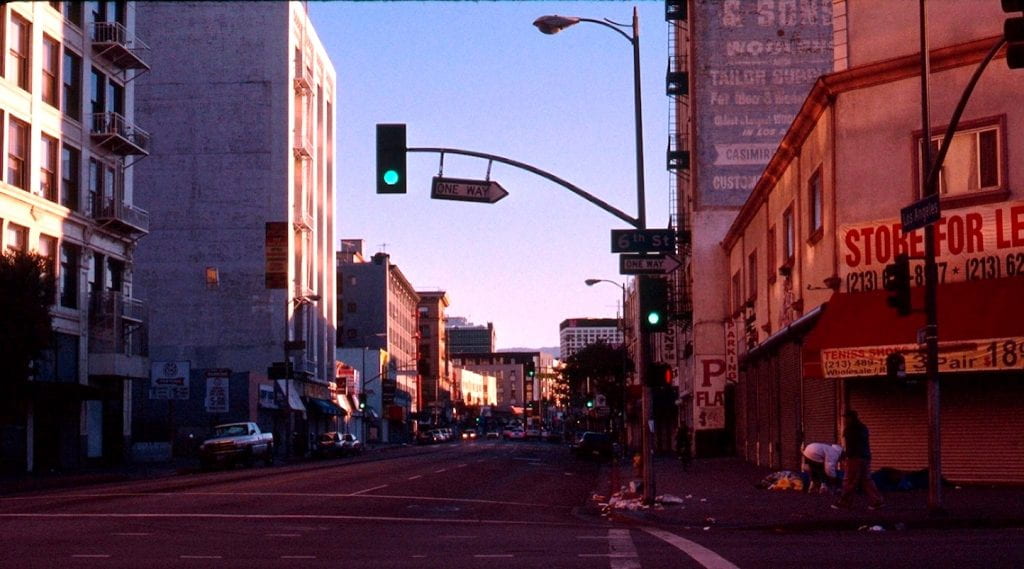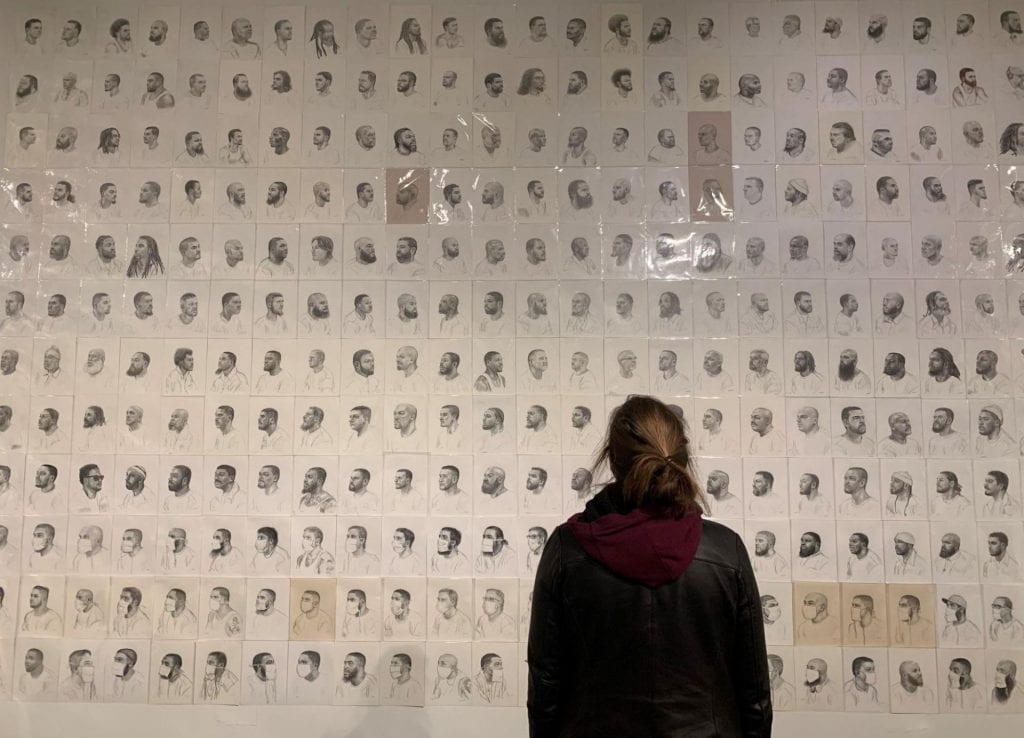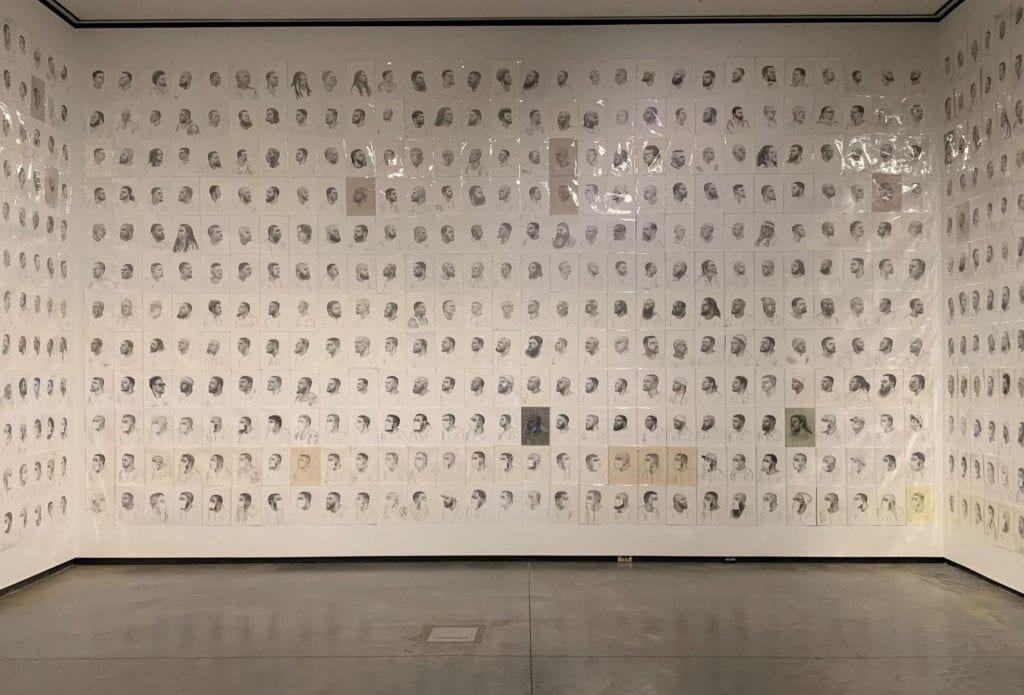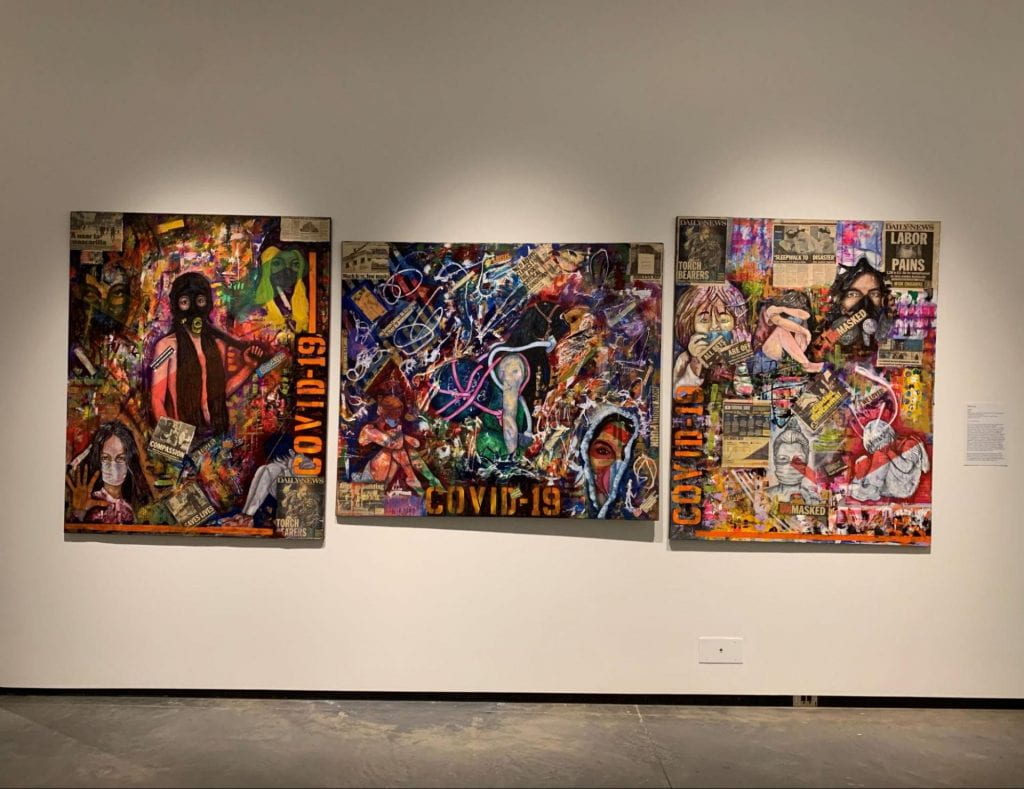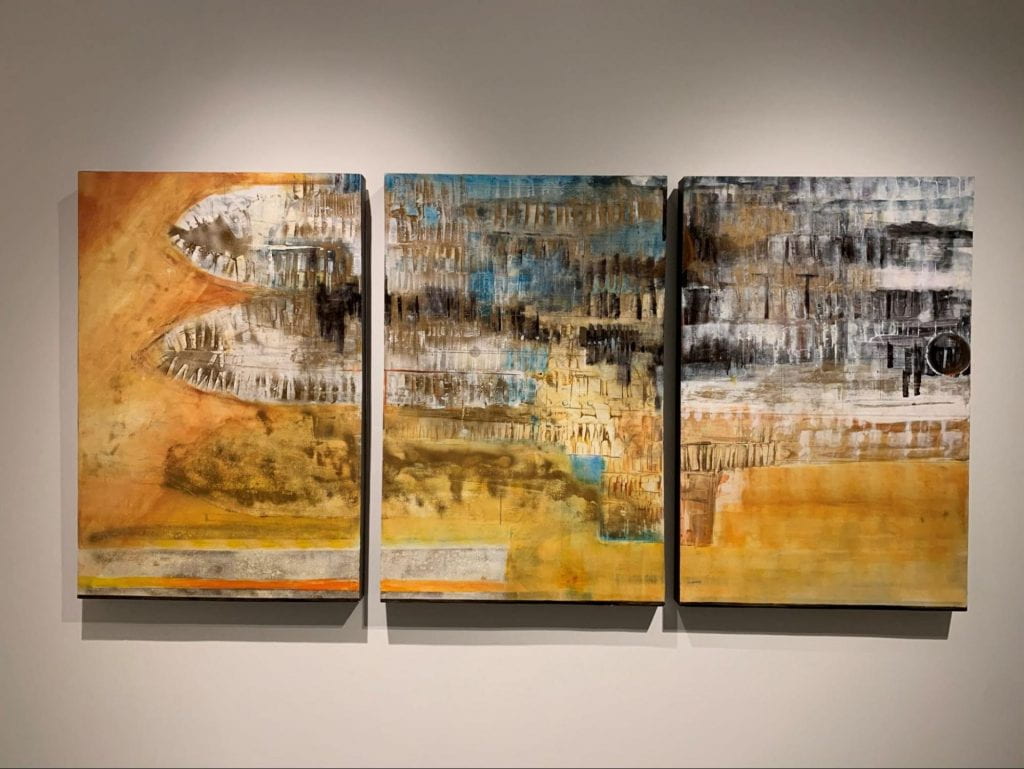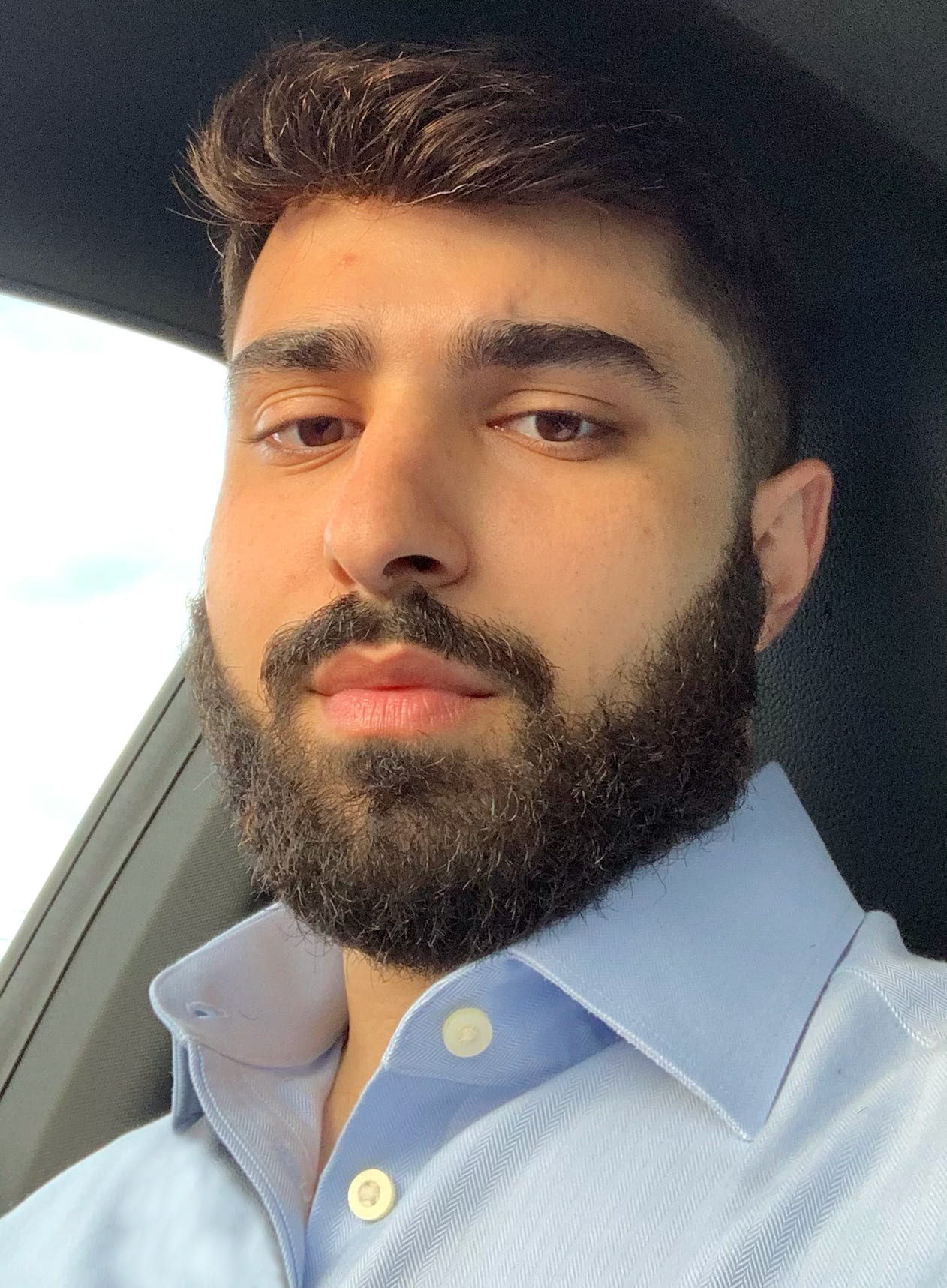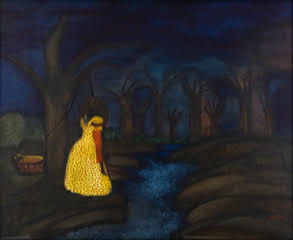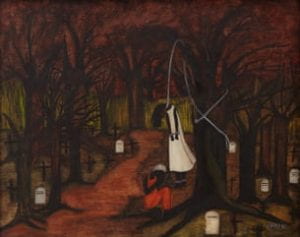Human Rights Perspective on the Proposal to Put “Invisible Disabilities” on Alabama IDs

There is buzz around Alabama’s proposal to designate “invisible disabilities” on state ID cards by the end of this fiscal year. This legislative initiative has sparked significant debate and attention. In November 2025, a bill was introduced in Alabama that would allow individuals to add an “invisible disability” designation to their driver’s licenses or state ID cards. Ontario Tillman, the state representative who is introducing this measure, argues that this “protective” measure could help law enforcement and first responders understand and quickly identify persons who may have non-apparent disabilities such as autism, PTSD, or traumatic brain injury. Tillman argues that this would be helpful for law enforcement and other officials to know because people with these and other invisible disabilities may respond to officers in unexpected ways that could cause situations to spiral dangerously. By equipping law enforcement and first responders with the information that the person they are engaging with has an invisible disability, Tillman hopes that there would be more patience and understanding built between responders and the person with the disability.
Invisible Disability ID Markers Elsewhere
States like Alaska, Maryland, and Colorado have started adding invisible disability indicators to driver’s licenses and ID cards, but they are taking different routes and raising similar debates. Alaska lets residents voluntarily add an invisible disability designation to licenses or IDs through its DMV, framing it as a tool to signal needs in situations like traffic stops or emergencies without revealing a specific diagnosis. Colorado offers a small icon on state IDs for people with invisible disabilities and, in the first year and a half of its implementation, 1,096 people signed up for the marker. In Maryland, “Eric’s Law” created an optional invisible disability notation after disability activist Eric Blessed Carpenter Grantham pushed for the state to offer this accommodation; the Maryland Department of Transportation now treats the marker as one more tool for safety and understanding. Across these states, the basic idea is similar: make it easier for disabled people to get accommodations or de-escalation in high-stress situations by building a quiet signal into ID systems.
People’s reactions, though, show how complicated it feels to put disability information on something as central as an ID. Supporters, including some disability advocates and families, say these markers can reduce misunderstandings with law enforcement, explain why someone might not respond typically in a crisis, and help folks access assistance in travel, medical, or security settings. Critics worry about privacy, data misuse, and the risk that a symbol meant to protect could expose disabled people to profiling or discrimination, especially if officers or agencies lack proper training. The same design that could make interactions safer may also force people to disclose something deeply personal just to move through public life, which is why most of these programs stress that the markers are voluntary and part of a broader conversation about rights, safety, and trust.
The Sunflower Movement
The Sunflower Movement takes a different, more global approach by using a simple visual symbol—a yellow sunflower on a green background—to quietly say, “I have a non-visible disability; I may need a little extra time or support.” The Hidden Disabilities Sunflower program started in UK airports and has spread across airlines, transit systems, and public venues in the U.S. and worldwide, with lanyards, pins, or badges that travelers can choose to wear. For people who travel, the appeal is that you don’t have to verbally explain a diagnosis every time you go through security or check in; instead, staff trained on the symbol are supposed to slow down, offer clearer instructions, or provide small accommodations like extra time, seating, or help navigating noisy, crowded spaces.
Airports from Albany to Boise and Nashville have adopted the sunflower lanyard program as part of disability awareness and inclusion initiatives, often pairing it with staff training and signage so people know what the symbol means. Travelers with autism, chronic pain, anxiety, or other invisible conditions have described feeling more seen and less judged when wearing the lanyard, especially in stressful spaces like TSA lines or boarding gates. At the same time, the sunflower is not legally binding—unlike ADA accommodations—and depends heavily on staff attitudes; if workers aren’t trained or take it as “just a nice idea,” the symbol can lose its power and even feel performative. For many in our generation, the Sunflower Movement sits at the intersection of design and dignity: it’s a low-tech, opt-in signal that can make travel more humane, but it also reminds us that real inclusion still requires policy, training, and accountability behind the symbol.
CRPD and Human Dignity
While there are clearly benefits to implementing such IDs, there are also human rights concerns that we need to be aware of when placing identifying markers on government documents. The Convention on the Rights of Persons with Disabilities emphasizes respect for inherent dignity, autonomy, and privacy, which implicitly warns against measures that increase stigma or surveillance. An ID marker might help in some emergencies, but it can also conflict with the right to privacy and non-discrimination if used coercively or without strong safeguards. On one hand, the designation could protect life and security (civil and political rights) in police encounters; on the other, it could undermine equal treatment in employment, housing, or education if IDs are widely requested or copied, thereby harming economic, social, and cultural rights. From a human rights perspective, it is important to consider this bill’s implications for privacy, potential misuse of data, and the risk of profiling. There is the potential for harmful labeling labeling and hidden discrimination practices through this policy, particularly for marginalized communities already facing over-policing.
Conclusion
For Alabamians with “invisible” disabilities, this new ID proposal raises immediate questions: Who controls disability disclosure? How do policies intended to “help” sometimes deepen exclusion? And how can we push for alternatives—like better training, crisis-response reform, and universal design—rather than relying on labels that follow disabled people everywhere they go? Creating a human-rights-oriented world requires creativity and innovation, and ID markers and sunflowers are just two methods among many that we could implement to advance this cause. In pursuit of human rights, let’s be sure to consider the pros and cons of every step we take.










